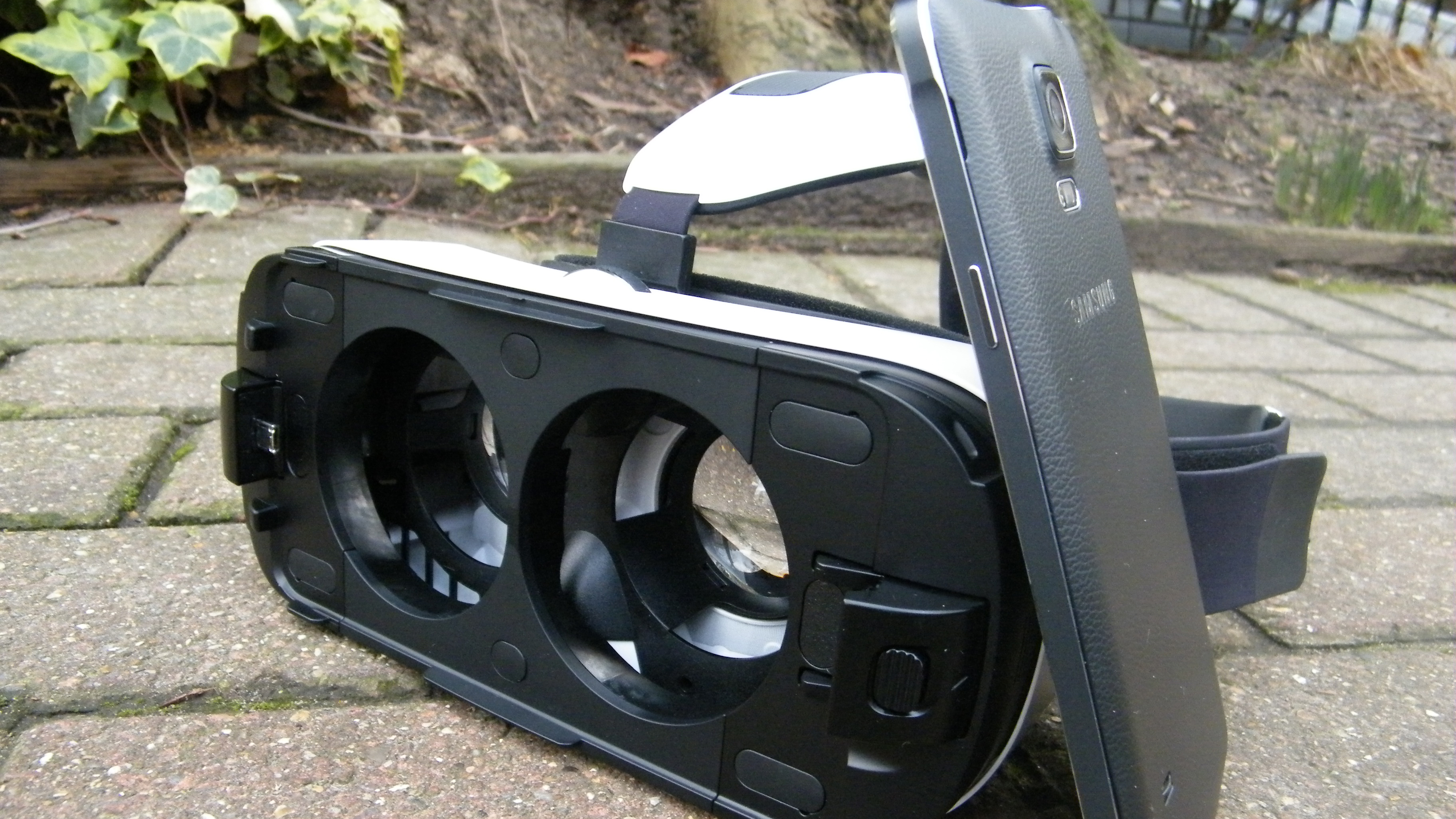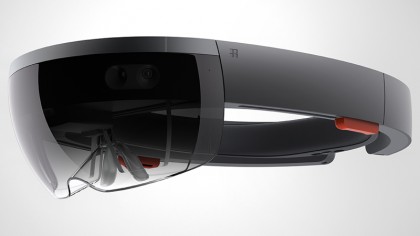Visualisation for business: Seeing is innovating
The future of business will be interactive

This year has seen many developments in visualisation technology – from holograms to virtual reality headsets – designed to excite the senses and usher in a new paradigm of personal entertainment. Also exciting is the potential visualisation brings to many business processes still stuck in the doldrums of plain text and voice interaction.
Visualisation can be broadly defined as technology that brings a visual dimension (2 or 3D) to information or an object that is described as non-visual data or a physical object. Visualisation allows an object to been seen without physically being there with the help of computer modelling.
As computing power advances, visualisation will become more accessible from the cloud to smartphones and wearables. In the medical industry alone, Research and Markets forecasts the global advanced visualisation market to grow at more than 10 per cent each year reaching some $2.8 Billion in value by 2020.
Here, we'll look at the technology of visualisation and how organisations are adopting it to dramatically change the way they do business – both internally and for their customers.
2015: A leap year for visualisation

With the Google Glass smart eyewear showcasing the potential for visualisation over the past few years its sun setting this year seemed to trigger a burst of product development from a range of tech vendors: Microsoft announced HoloLens; Samsung released its Gear VR headsets; and Sharp released an interactive whiteboard for the office meeting room.
In addition to devices for augmented and virtual reality, this year has heralded new ways to turn mind-boggling volumes of data into patterns which can be "seen" and acted upon.
Matthew Golab, legal technology manager at Gilbert + Tobin Lawyers, says with typically litigation or regulatory matters running into the hundreds of thousands of documents, the use of visual network diagrams provides an overview of the universe, or of a subset.
Are you a pro? Subscribe to our newsletter
Sign up to the TechRadar Pro newsletter to get all the top news, opinion, features and guidance your business needs to succeed!
"We also use visual breakdowns of type of document coupled with chronological views to sample the documents," Golab says.
Augmented reality and facilities like the UTS Data Arena are excellent tools for exploring data sets, but the future of visualisation lies in the ability to select visuals which will communicate an anomaly or an interesting trend to a user, according to Premonition.io managing director Brad Lorge.
"With the advent of smart watches, Google Glass and even smartphone notifications, apps need to be able to communicate complex trends and events incredibly concisely. The ability to understand what exactly to emphasise is the key," Lorge says.
Applying imagination
The application of visualisation is only limited by imagination and practicality, and more often than not, will result in better understanding of information and more innovation.
Zip Industries, a local manufacturer of office hot water systems, has adopted 3D visualisation as a core part of its assembly and ERP processes as it is easier for people to see the volume of a component in 3D compared with a flat image.
When I met the company's CIO, Nick Mennell, he was spearheading an initiative to use 3D modelling to demonstrate products "in place" to potential customers as visualisation stretches from manufacturing and ERP to sales and marketing. An easy ROI for the company is to use 3D modelling to eliminate travel time to prospects and field photography.
While visualisation is making waves this year, it's worth noting that the Queensland Police Service has been using virtual reality for training since as far back as 2003. Education and training is another area which can benefit greatly from visual interaction.